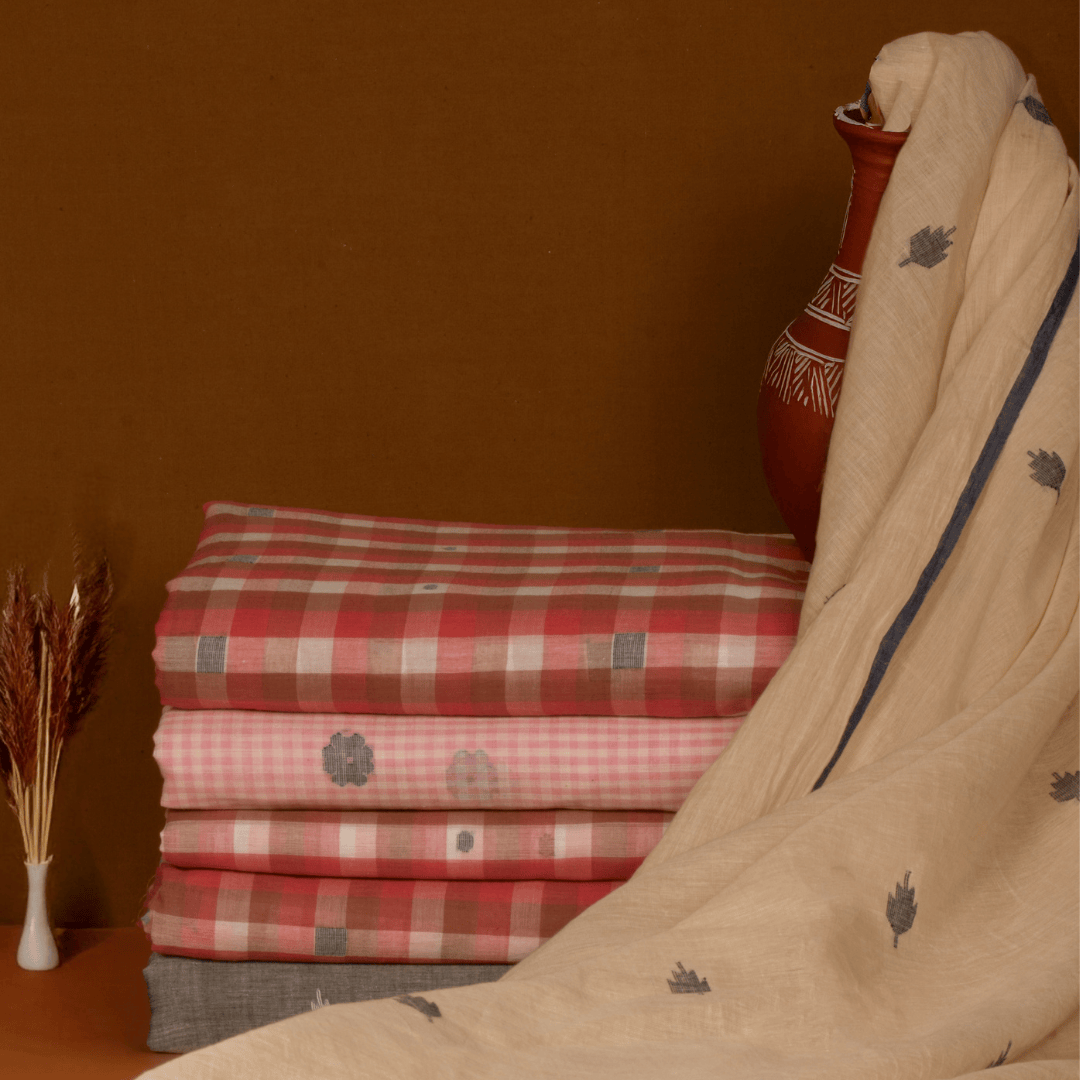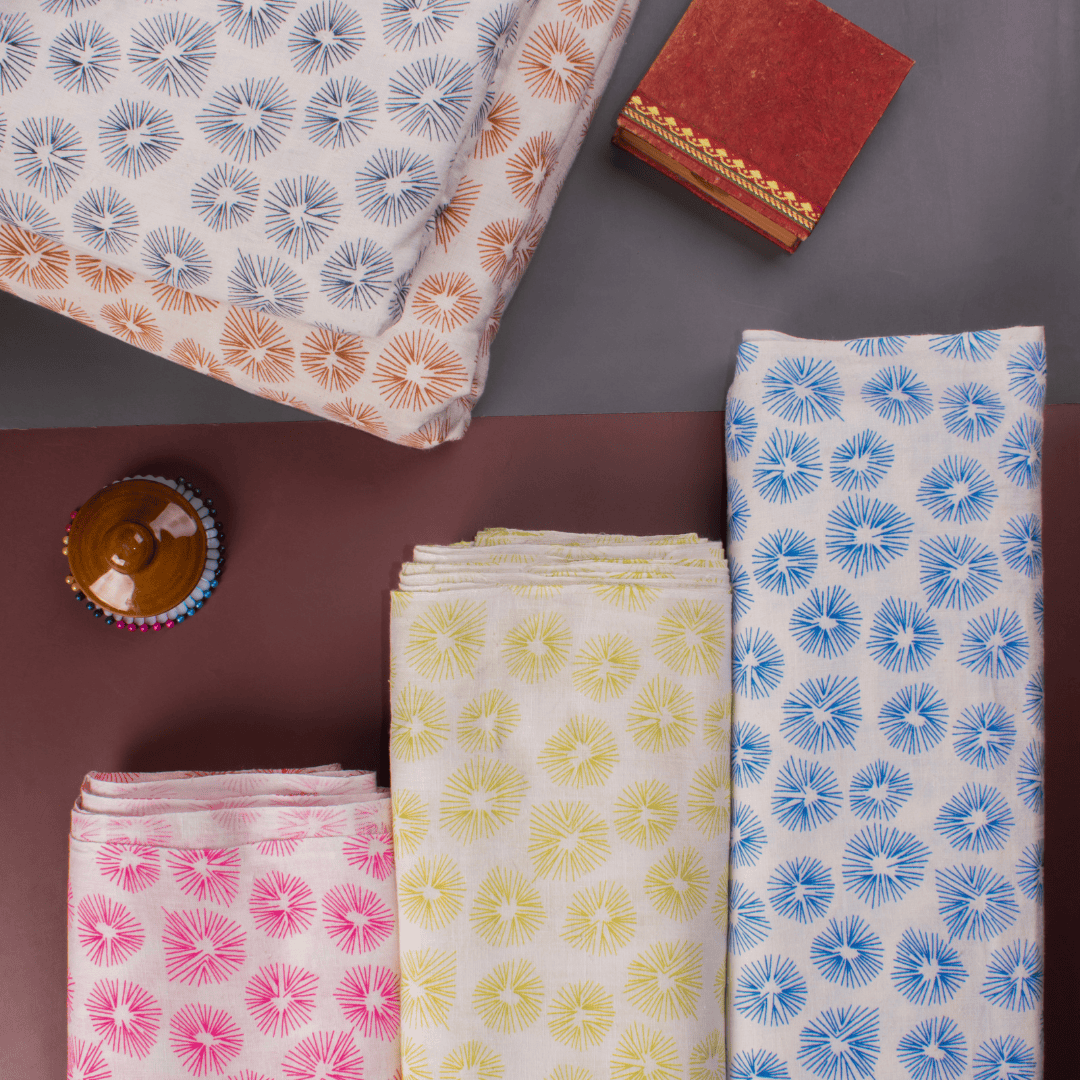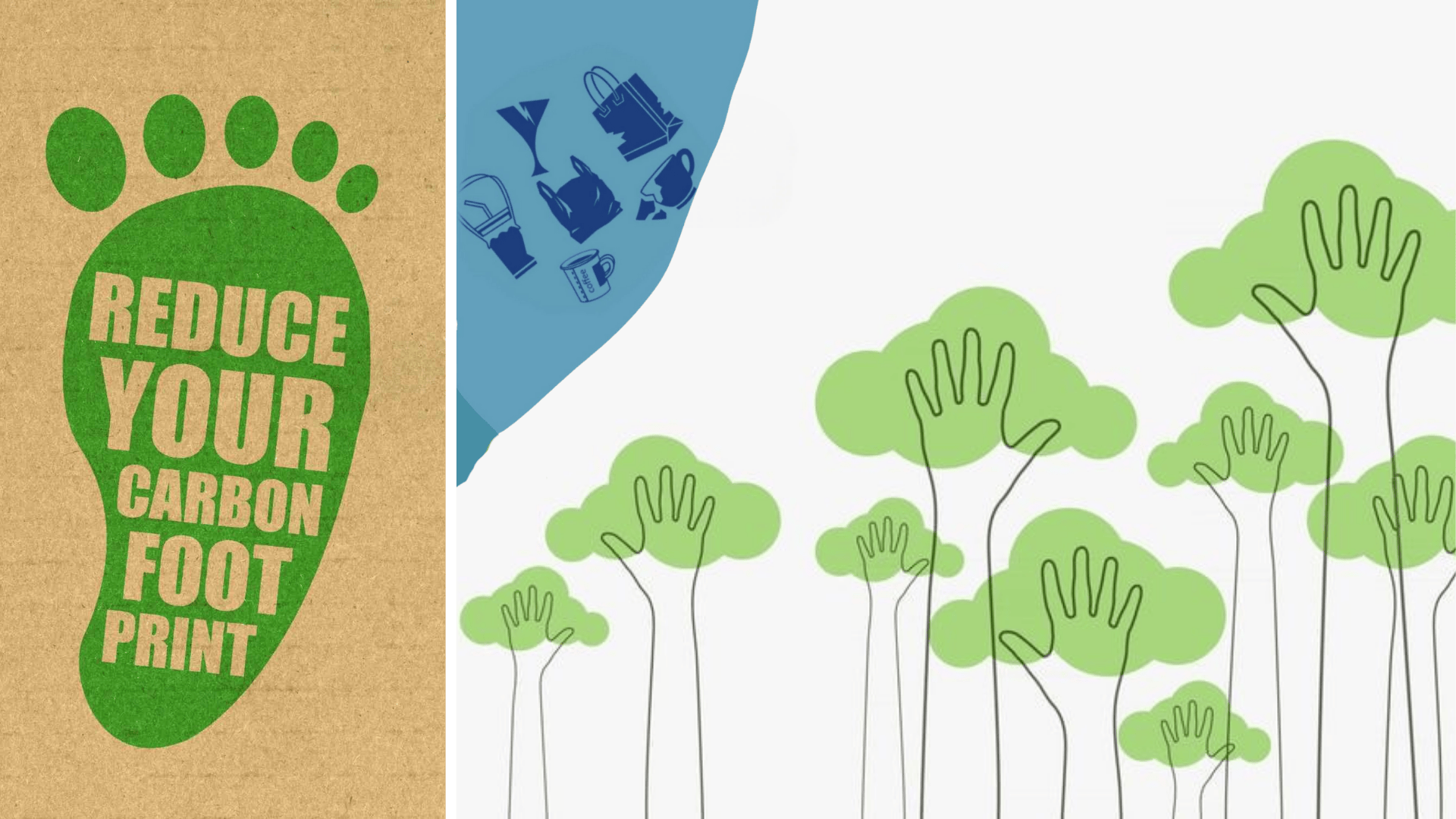
What is Carbon Footprint ? Steps to Reduce Your Daily Impact with Sustainable Fabrics

In the fight against climate change, one term is gaining more relevance in daily life: carbon footprint. But what does it actually mean, and how does it connect to the clothes we wear every day?
Understanding this impact is the crucial first step towards transforming your personal style into a force for good, making your closet a powerful driver of a Low carbon lifestyle.
At Anuprerna, we believe that sustainable fabrics, ethical production, and conscious choices are the foundation of a low-carbon lifestyle. Let’s unpack the concept of carbon footprint—and how the shift toward eco friendly textiles and natural fabrics for clothing can meaningfully reduce your impact on the planet.
What Is a Carbon Footprint?

Your carbon footprint refers to the total amount of greenhouse gas emissions (mainly CO₂) generated by your actions—everything from driving a car to buying clothes. The fashion industry alone contributes over 1.2 billion tons of CO₂ annually, making it one of the most polluting sectors globally.
From vast water consumption and chemical runoff in conventional farming and dyeing, to energy-intensive manufacturing and the colossal waste generated by fast fashion, the Environmental impact is staggering.
Every step in the textile lifecycle—fiber cultivation, dyeing, printing, manufacturing, shipping with use of sustainable fabrics—contributes to your personal and collective environmental impact.
By understanding and reducing your wardrobe's footprint, you become an active participant in promoting a healthier planet.
Clothing’s Role in Your Carbon Footprint
Fast fashion and synthetic textiles play a massive role in rising emissions. Here's how:
- Synthetic fibers like polyester and nylon are derived from petroleum and release microplastics during washing—adding to both carbon emissions and water pollution.
- Conventional dyeing uses chemical-heavy processes that consume large amounts of water and energy.
- Long global supply chains (with overseas factories and shipping) significantly increase the garment’s carbon miles.
According to research by Fashion Revolution, about half of the CO2 emissions that make up fashion’s carbon impact come from the electricity usage associated with washing, tumble-drying, and ironing.
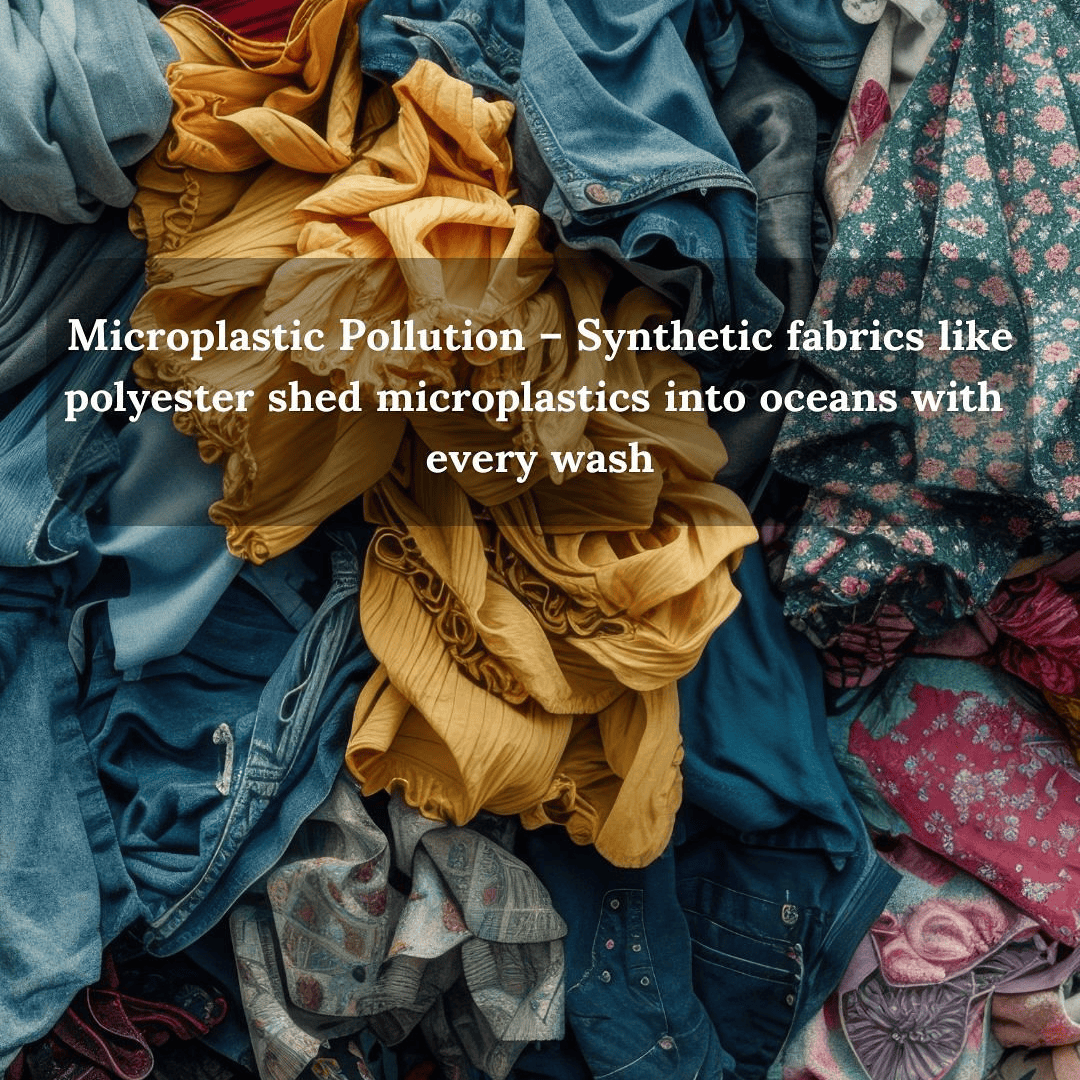
The Sustainable Alternative: Natural & Eco Friendly Textiles
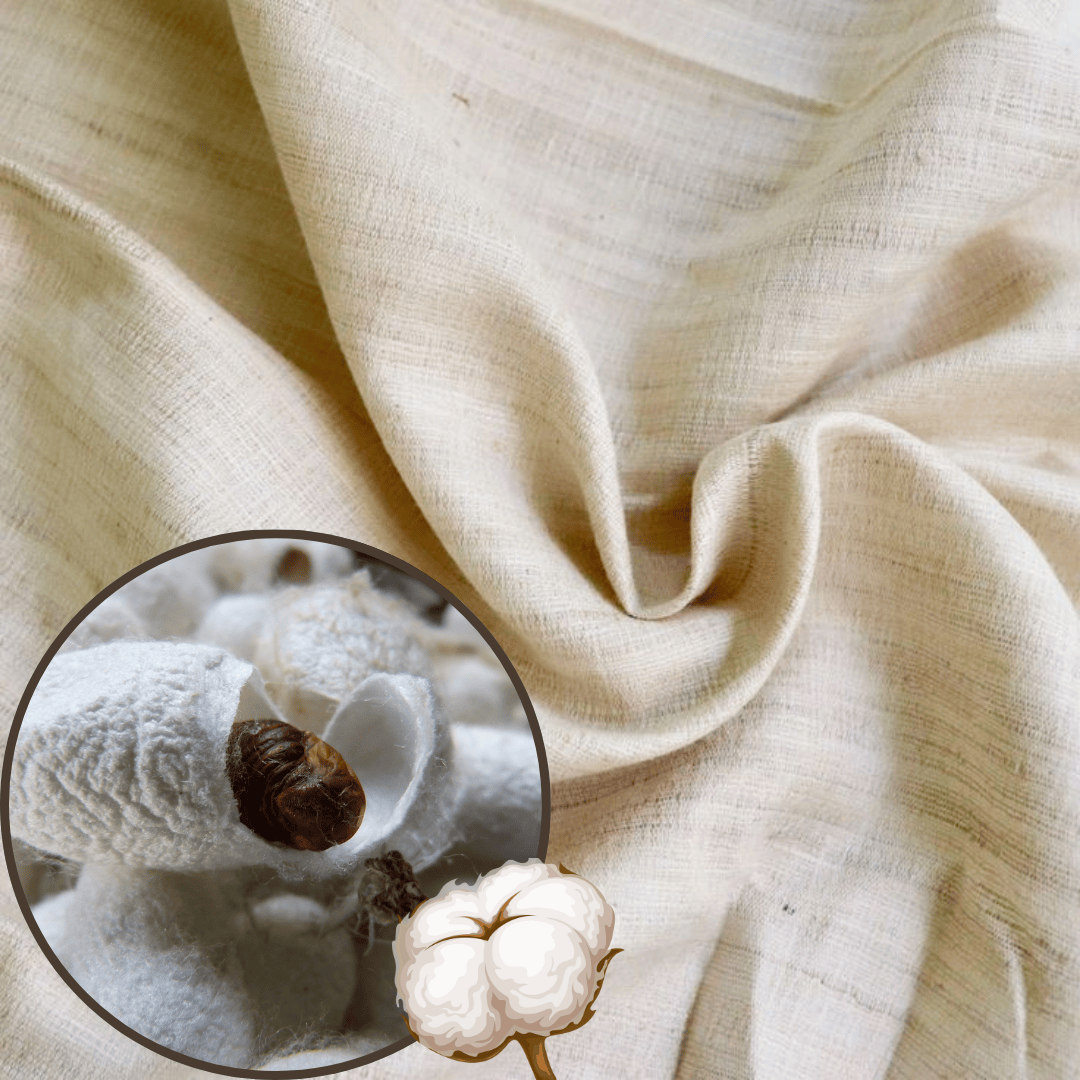
Switching to sustainable fabrics textiles and conscious clothing habits can significantly reduce your footprint. Here's how:
- Choose Natural Fabrics for Clothing :
Fabrics like khadi, organic cotton, handwoven silk, and linen are biodegradable, breathable, and typically grown with less water and no synthetic fertilizers. At Anuprerna, all our textiles are made from eco friendly fabric bases rooted in traditional Indian techniques.
- opt for Low-Impact Dyes :
Chemical dyeing is a major contributor to water pollution and carbon emissions. We offer natural dyeing and azo-free dyeing options that are safer for artisans, wearers, and ecosystems.
- Go Local & Handcrafted :
Choosing sustainable garment production methods—such as decentralized, artisan-led weaving and printing—cuts down on industrial emissions and supports a low carbon lifestyle through minimal resource use.
Quick Tips to Reduce Your Fashion Footprint Today
- Buy less, choose better: Focus on timeless, durable pieces.
- Support brands offering sustainable garment collections.
- Wash clothes in cold water and line-dry to save energy.
- Choose clothes made from eco friendly textiles and natural fabrics.
- Reuse, repair, or recycle garments to extend their life.
Textiles and Sustainability: The Road Ahead
Reducing your carbon footprint isn’t about perfection—it’s about progression. Every conscious choice, from the fabric you wear to the brands you support, shapes a more environmentally responsible future.
As consumers, designers, and businesses, we have the power to reshape fashion as a force for good—one meter of sustainable fabrics at a time.
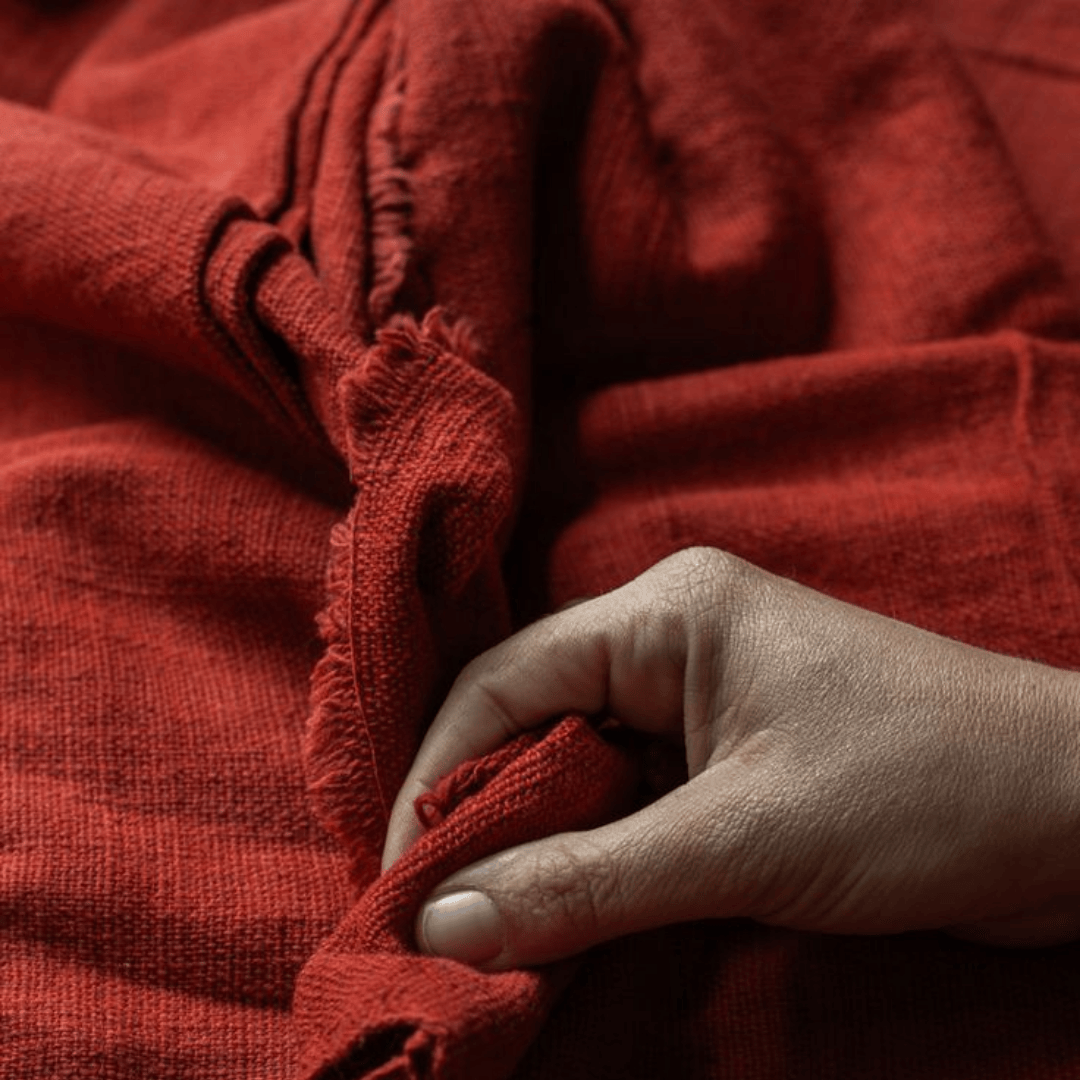
Anuprerna’s Contribution to Low-Carbon, Sustainable Textiles
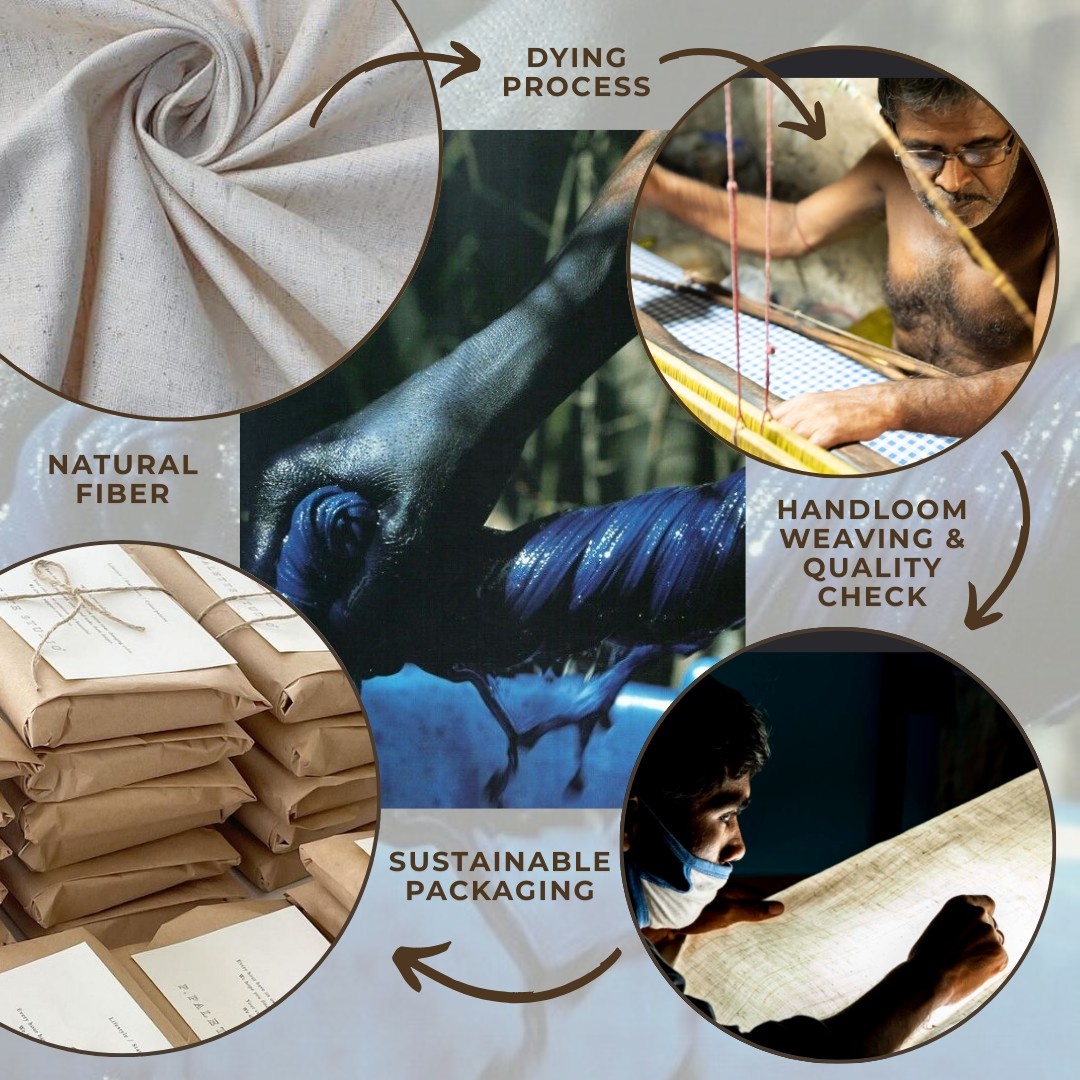
At Anuprerna, our approach to textiles and sustainability is rooted in both tradition and innovation:
- Natural Fabrics Only: We work exclusively with environmentally friendly fabric bases like handwoven cotton, silk, and khadi.
- Eco-Friendly Printing: Our surface techniques include hand block printing, tie-dye, and digital printing, all done using low-impact dyes.
- Decentralized Production: We work with over 500+ artisans across rural India, ensuring environment friendly clothing made without industrial-scale energy use.
- Traceable Supply Chain: Through our ArtisanFlow platform, customers can track every step of their order—from fiber to finish—ensuring transparency and sustainable fabrics that carry meaning.
Explore the Possibilities with Anuprerna
Explore our curated range of sustainable fabrics textiles, crafted by artisans and designed for global, conscious brands.
related questions
What is a carbon footprint in simple terms?
arrow_drop_downA carbon footprint is the total amount of greenhouse gas emissions—mainly carbon dioxide (CO₂)—produced directly or indirectly by your daily activities, such as what you wear, eat, or how you travel. In fashion, it includes everything from fiber production to garment disposal.
What are sustainable fabrics and how do they help?
arrow_drop_downSustainable fabrics are textiles made using natural, renewable, or recycled materials with minimal environmental harm. Examples include khadi, handwoven cotton, organic silk, and linen. They: Require less energy and water to produce Are biodegradable and microplastic-free Support ethical and low-carbon supply chains
How is Anuprerna helping reduce fashion’s carbon footprint?
arrow_drop_downAt Anuprerna, we: Use only natural, sustainable fabrics Employ ethical, low-impact dyeing and printing techniques Work with decentralized artisan clusters, reducing industrial energy use Maintain a transparent, traceable supply chain through our ArtisanFlow platform
More Blogs

understanding mulberry silk quality: what designers often miss and why it matters
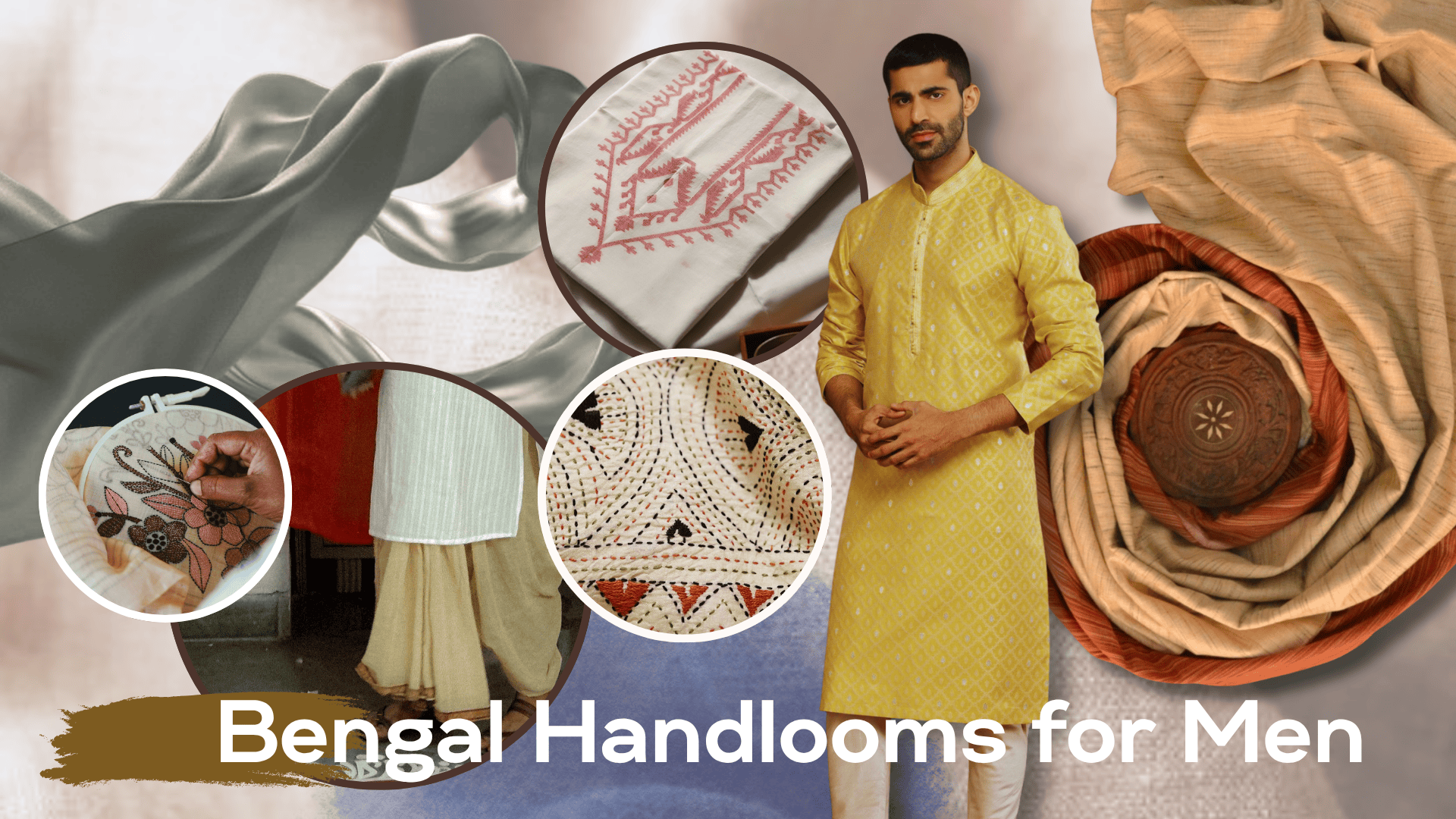
bengal looms for men: beyond the kurta
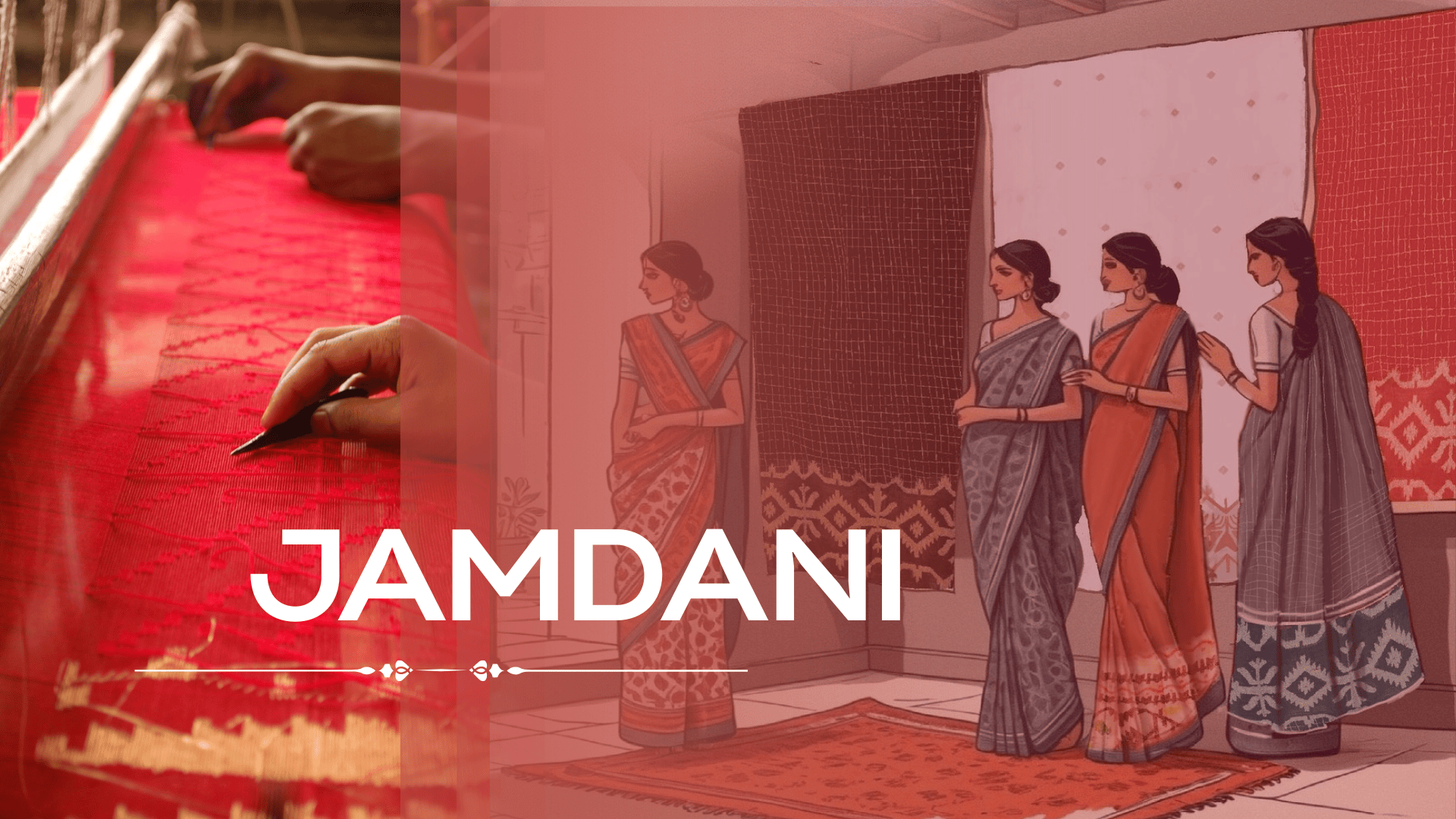
jamdani magic: why this weave is unesco-recognized as cultural heritage
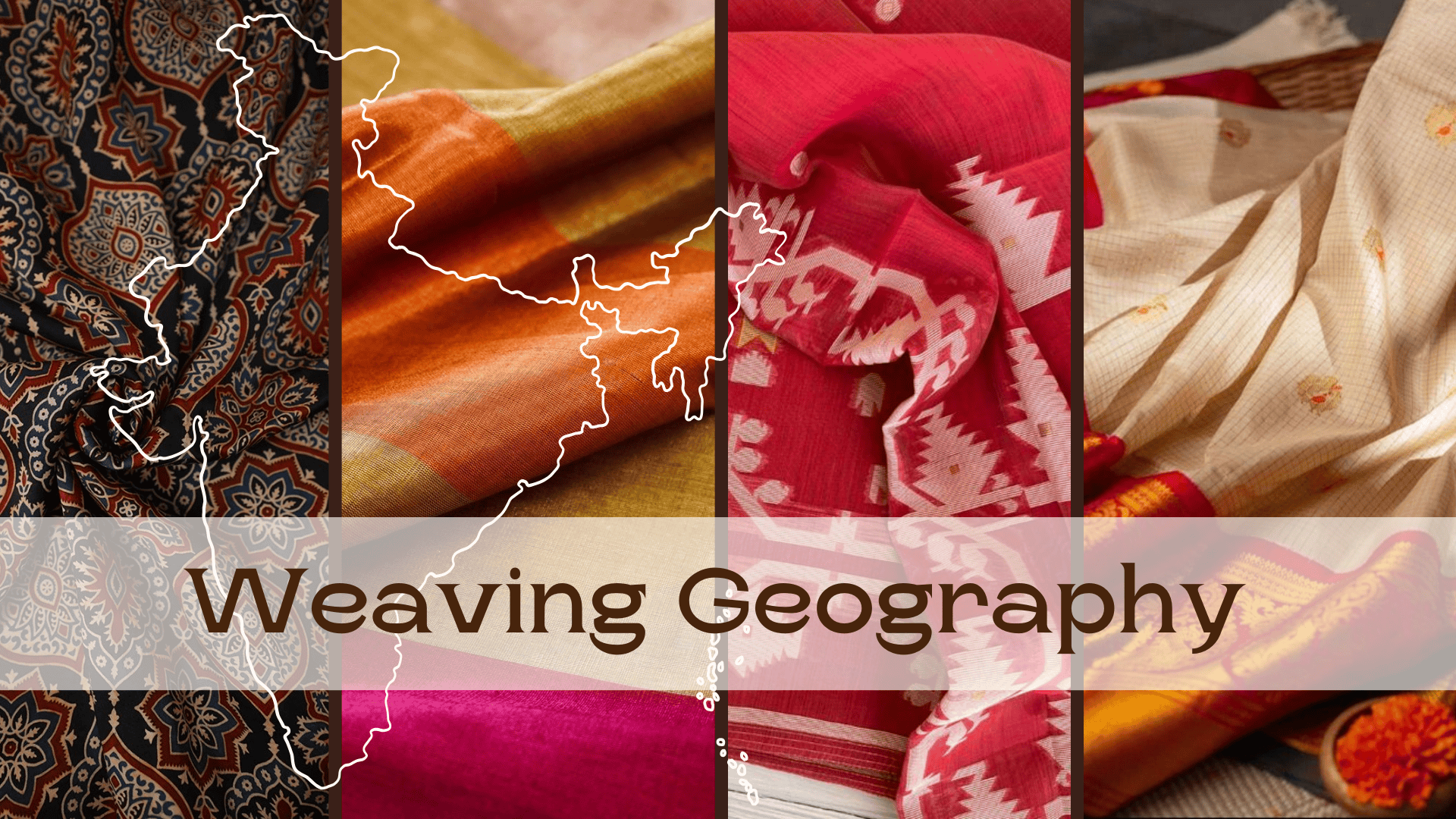
weaving geography: which district is known for which handloom fabrics
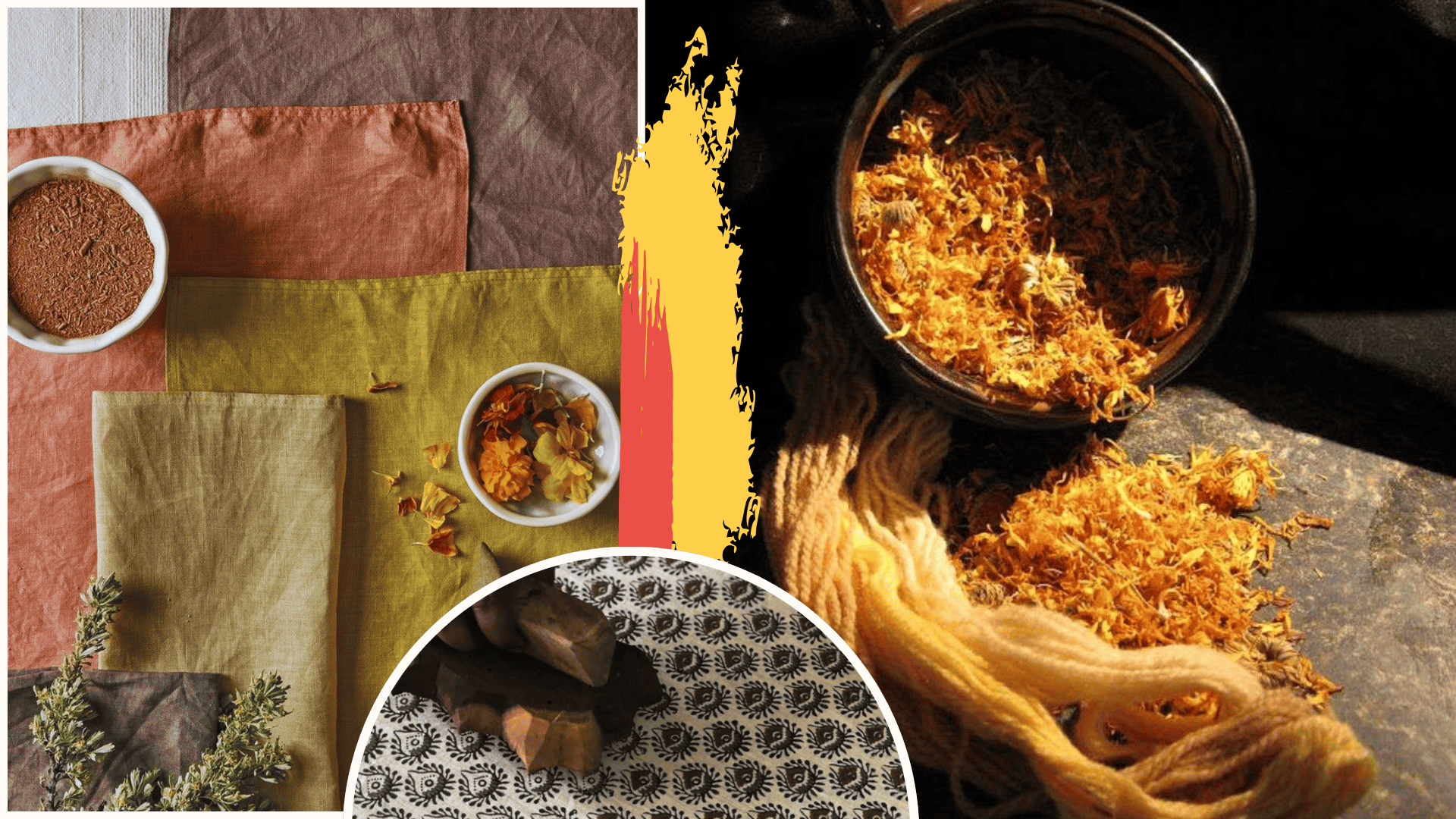
the ultimate guide to naturally dyed and block printing textiles
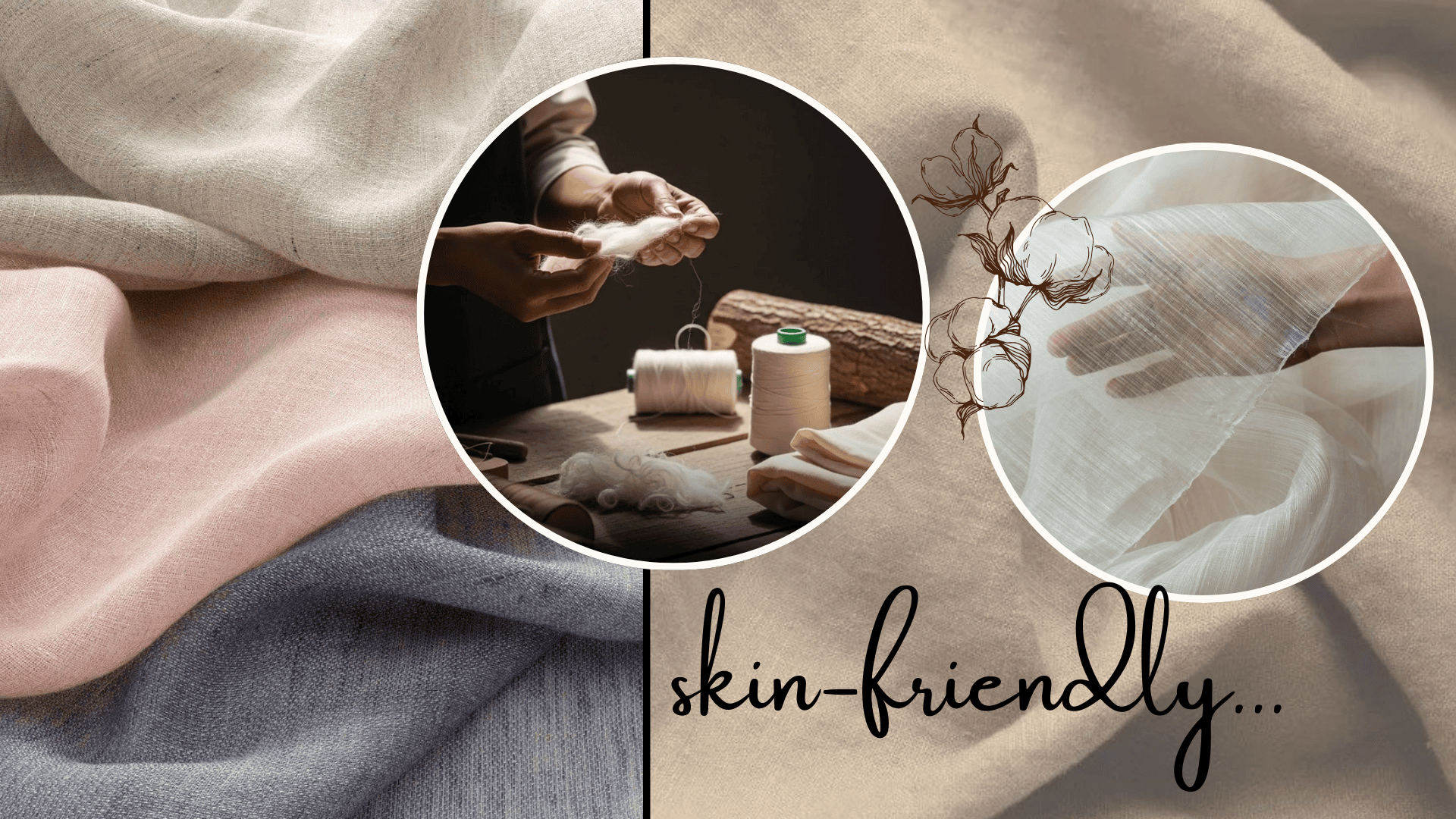
why skin-friendly textiles are the next luxury in fashion
